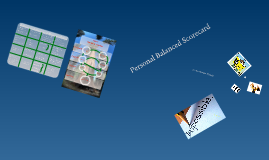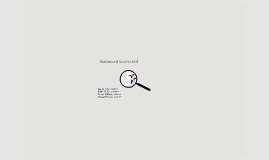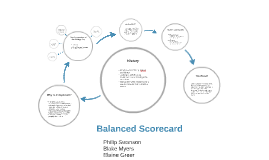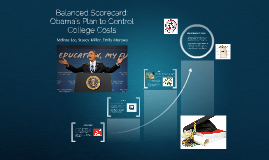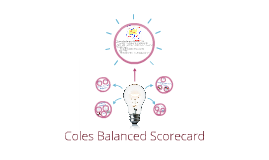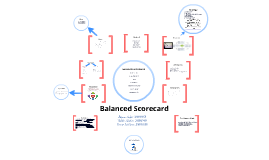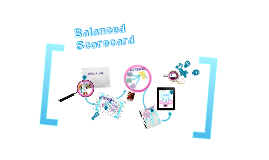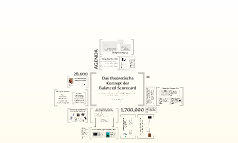Balanced Scorecard
Transcript: # Definition der Mission, Vision, Strategie ## Ableitung der strategischen Themen ### Definition der Aktionen und Kennzahlen Bezugsrahmen Bezugsrhamen 28,000 16 items Two scales CCSF ITTF "I feel it is important to present a lot of facts in classes so that students know what they have to learn for this subject." "In lectures for this subject, I use difficult or undefined examples to provoke debate." "I feel a lot of teaching time in this subject should be used to question students' ideas." Lecture Teaching by giving a presentation on some subject for a time period longer than 20 minutes. This instructional method includes the exchange of questions and answers between the instructor and students. The key characteristic is that the students rarely interact with each other during this learning process. Mastery Learning Designing summative assessment check-points into the instructional program where the student is tested on their mastery of a single topic (or subtopic). The instructor may coach students during class time or outside of class to help students who struggle with understanding the concepts while they are intensely focused on learning. Note that the student s do not receive partial credit for partially correct responses on mastery-based assessments. Collaborative Lecture Teaching by giving a series of short, focused lessons intermixed with student-centered activities that solidify the concepts of the lessons or serve to introduce the next short lesson (DeLong and Winter, 2002). The interaction during the activities is primarily between students. Cooperative Learning Including class time for learning that engages students in working and learning together in small groups, typically with two to five members. Cooperative learning strategies are designed to engage students actively in the learning process through inquiry and discussions with their classmates (Rogers et al., 2001). Inquiry-Based Learning (IBL) Designing and using activities where students learn new concepts by actively doing and reflecting on what they have done. The guiding principle is that instructors try not to talk in depth about a concept until students have had an opportunity to think about it first (Hastings, 2006). Application Problems Including class time for students to solve problems based on data from real-world situations (present or past) problems that come from the partner disciplines of mathematics (e.g. Engineering, Chemistry, Biology, Physics, Economics, Business). Communication Skills Providing opportunities for students to practice their ability to communicate mathematical and quantitative ideas using both written and oral communications. Formative Assessment Making use of instructional strategies in the learning environment that assess where students are having problems so that students can learn more and learn better. (Gold, 1999) Multiple Representations Teaching by including multiple ways (e.g. graphs, diagrams, algebra, words, data, manipulatives) to represent mathematical ideas whenever possible. The rule-of-four (representing a function visually, algebraically, numerically, or with words) is an example of multiple representations. Project Based Learning Designing and assigning project work that requires students to solve a non-standard problem that requires a longer period of time than problems that would typically be assigned for homework or in class. There is often a research component where students must actively seek data, background knowledge, or formulas. Often the students work on projects in pairs or small groups. The final result of a project might include a written paper or a presentation on the findings. How do you build a good inventory? 1. Understand the Problem Ask population to respond to open-ended questions 2. Look for patterns in the statements 3. Develop a pool of questions to represent categories 4. Multiple researchers classify items and compare results. Revise as needed. 5. Pilot the inventory. Check for internal consistency reliability and perform factor analysis. 6. Revise. Pilot again (twice with same group) for reliability. 7. Final tweaking. 1,700,000 Assessments encourage memorization and recall Workload demands are high Students perceive high-quality teaching Choice in what is learned Clear awareness of goals and standards Links students' perception of their learning environment and their quality of learning Measure of learning approach giving three orientations: surface, deep, and achieving Includes Surface, Deep, and Achieving subscales Designed for Higher Ed Subscales Fear of failure Lack of purpose Syllabus-boundness Unrelated memorizing Quantitative increase in knowledge Memorization Abstraction of meaning Understanding of reality 19 items Likert scale Fragmented and Cohesive scales Characterize student views about knowing and learning science Purpose: Assess the relation of student views to achievement in science courses Credits for Photos (all licensed under Creative Commons):






